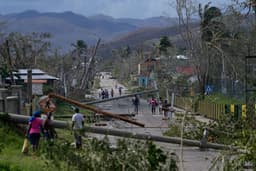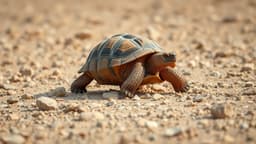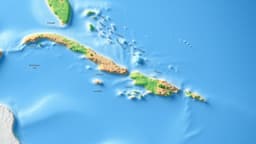Home / Environment / Invasive Tree Frogs Overwhelm Galápagos, Leaving Scientists Scrambling for Solutions
Invasive Tree Frogs Overwhelm Galápagos, Leaving Scientists Scrambling for Solutions
4 Nov
Summary
- Hundreds of thousands of tree frogs have invaded the Galápagos Islands
- Frogs' impact on rare wildlife and ecosystems is still largely unknown
- Attempts to control the frog population have been largely unsuccessful so far

As of November 4th, 2025, the Galápagos Islands are facing a growing crisis as hundreds of thousands of invasive tree frogs have established a strong foothold on the archipelago. The frogs, which are believed to have arrived as stowaways on cargo ships from mainland Ecuador in the late 1990s, have now spread to two major islands: Isabela and Santa Cruz.
The sheer abundance of the frogs is staggering, with scientists estimating populations in the hundreds of thousands on each island. Their nightly mating calls have become a source of frustration for local farmers, who say the "acoustic chaos" keeps them up at night. However, the frogs' impact on the Galápagos' rare and delicately balanced ecosystems is still largely unknown.
Researchers fear the voracious insect-eating frogs could be disrupting the food chain, depleting the food sources of endemic birds or even affecting pollination on the islands. Attempts to control the frog populations in the early 2000s, such as capturing them by hand or increasing the salinity of lagoons, have largely been unsuccessful.
Without a clear understanding of the frogs' biology and their full impact, scientists are struggling to find effective ways to manage the invasion. Funding for the research project has also been difficult to secure, as many are more interested in preserving frog species rather than controlling an introduced one. As the Galápagos continues to grapple with this growing threat, the future of the archipelago's unique wildlife hangs in the balance.




